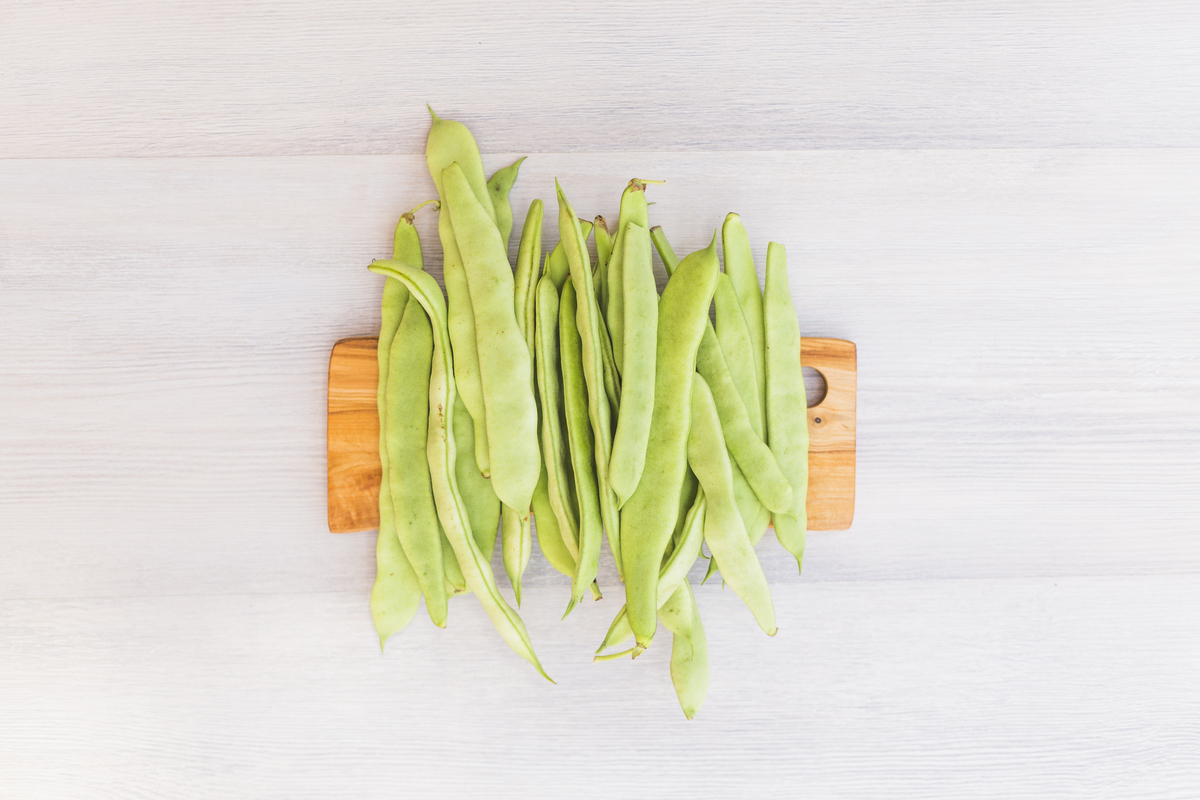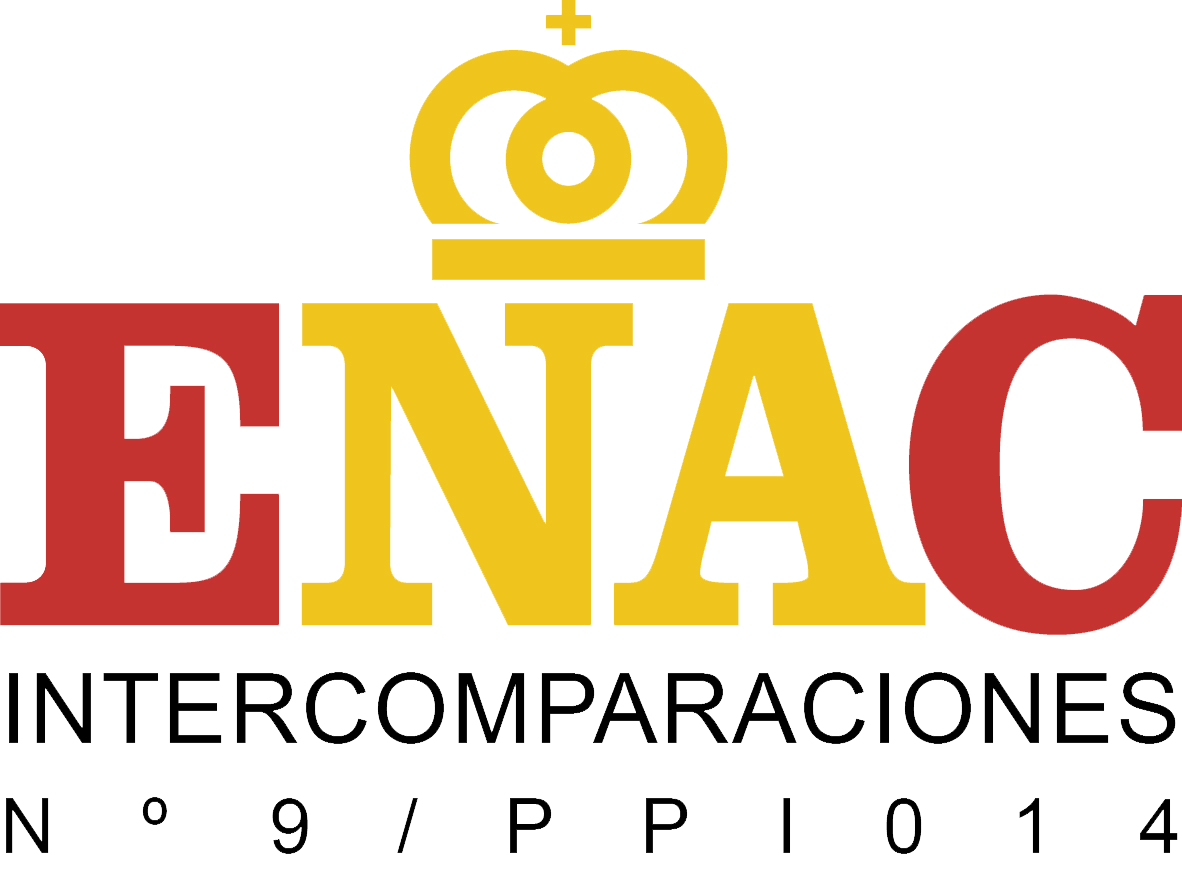Proficiency Tests
About the analytes
Since 24th July 2020 Chlorate's LMR has been modified, this update is due because multiple matrixes did exceed the default LMR previously set. This compound, in addition to being previosuly used as a pesticide is also a subproduct of the proceesing of potable water and disinfectants with chlorine.
Perchlorate on 1st July of 2020 got its LMR updated too by the COMMISSION REGULATION (EU) 2020/685 of 20 May 2020 3.
The continous exposure to Chlorate and Perchlorate can lead to chronic inhibition of iodine uptake in humans due to the formation of methaemoglobin, which is a non functional oxygen carrier. The aforementioned inhibition alter the hormonal system of the thyroid gland causing hypertrophy, causing alterations in the hormonal system of the thyroids, which can lead to the incorrect development and grow of toddlers and infants 4. Depending on the level of exposure it was also identified that the perchlorate can cause a multinodular goitre (excessive grow of thyroidal glad), causing hyperthyroidism 5.
For the Quaternary Ammonium Compounds (QAC): DidecylDimethylAmmonium Chloride (DDAC) and AlkylBenzyldimethyAmmonium Chlorides (BAC) the COMMISSION REGULATION (EU) No 1119/2014 of 16 October 2014 established the MRL for those compounds. Both of them currently used as biocides and disinfectants, but DDAC used to be a fitosanitary until 2009 that it was repealed 6 and is no longer authorized for its use for plant protection in the EU 7 . As stated above and the reason why we can still find residues of these compounds on our food is because its use as a biocide for disinfection 8 . With the pandemic of corona virus all companies have been very careful disinfecting packages and everything required by law in order to sell a safe product.
Summary of the proficiency test
All the information about this PT can be found in the protocol, which can be donwloaded from a link located in the right column of this page.
This proficiency test will consist in a single round, one sample will be distributed the date shown in the calendar and the amount of sample received can be found in the protocol of the proficiency tests.If needed and justified, more amount of sample can be requested to the coordinator of the PT. Additional charges might apply.
The range of concentration for the target analytes of this proficiency test might by between 10 and 300 μg/kg approximately.
The target standard desviation for all the analytes is 25%.
For this PT the parameters to be analysed are:
| Chlorate |
| Perchlorate |
And the detection and quantification of a certain number of the following QAC:
| BAC C10 |
| BAC C12 |
| BAC C14 |
| BAC C16 |
| DDAC C8 |
| DDAC C10 |
| DDAC C12 |
Is NOT mandatory to analyze all the compounds contemplated for this PT to participate. The participation fee will remain the same independtly of the number of parameters analyzed.
PT Scheduled calendar
Check the right column of this page, in the “Dates” section.
*These dates are orientative and always will have to be checked in the protocol of the PT and the news in our webpage.
Why participate with TestQual? Is this PT accredited?
·Proficiency test accredited by the UNE-EN ISO/IEC 17043:2010. Check our accreditation scope here.
·These PTs has been being organized since 2015 in different matrixes.
·Constantly negotiating with providers and couriers to get the best price possible. Each year more participants partake in our PTs, increasing our volume of shippigns and reducing the cost of the shipments
TestQual's proficiency testing schemes are a useful and necessary tool that testing laboratories use to demonstrate their competence and quality assurance of their analysis. With the participation of succesive rounds, laboratories are able to track their performance and assure their clients their commitment to the continous improvement and scaning of possible errors.
This PT will be key to your quality assurance for these analytes and will show your clients your commmitment to keep a continous quality control by participating in the TestQual rounds and will allows your laboratory to compare your results with participants from other laboratories in this sector.
How to apply and get your laboratory code
Those laboratories that want to participate and are not registered on our website can register through this link: START REGISTRATION
If your laboratory is already registered on our website you can start your applciation by clicking the link situated at the bottom of this page, in APPLICATION FORM, once you have logged in you will have to enter your Limit of Quantification (LOQ) for the parameters that have to be studied. The analytes with LOQ equal to NA (NOT ANALYSED) will NOT appear in the website when submiting the results of the PT.
Once the application has been sent, as soon as possible you will receive an email with your laboratory code for the participation in the PT.
Contact us
If you want to get a quote or if we can help you somehow you can contact us by:
| Email: | jpnavarro@testqual.com |
|---|---|
| Office phone: | (+34) 868-94-94-86 |
| Mobile phone: | (+34) 676-367-555 |







